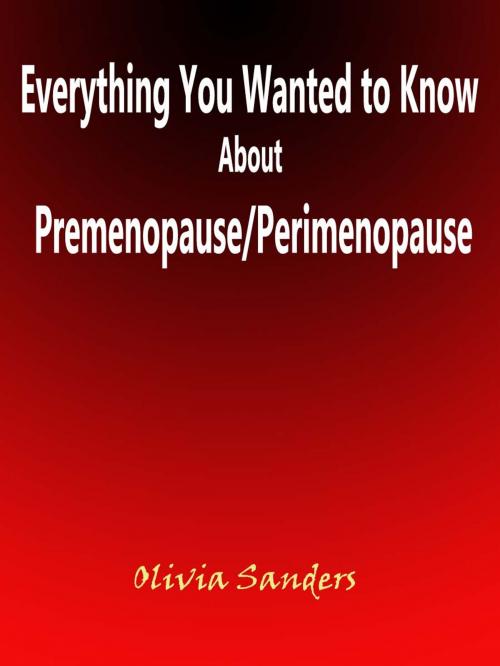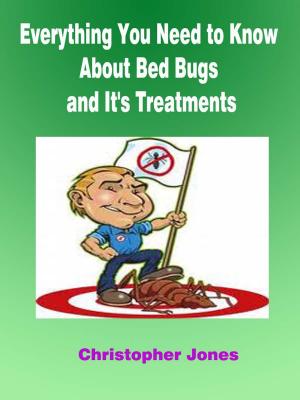Everything You Wanted to Know About Premenopause/Perimenopause
Nonfiction, Health & Well Being, Health, Aging, Self Help| Author: | Olivia Sanders | ISBN: | 9781610614412 |
| Publisher: | Fountainhead Publications | Publication: | December 15, 2009 |
| Imprint: | Language: | English |
| Author: | Olivia Sanders |
| ISBN: | 9781610614412 |
| Publisher: | Fountainhead Publications |
| Publication: | December 15, 2009 |
| Imprint: | |
| Language: | English |
n recent years, the menopause has been the topic of numerous publications in both the clinical literature and lay media. However, far less information has been available on the perimenopause, the years of transition that precede the menopause. During this transition, erratic fluctuations in female reproductive hormones can lead to an array of physical and psychological symptoms. Until recently, however, this important time in the female life span has been poorly understood and virtually ignored, both in the scientific literature and by many clinicians.The perimenopause, which has been aptly called "the next frontier in women's health," is an important concern for a large and growing population of American women. With the aging of the baby boom generation, 21 million women in the United States are projected to enter menopause in the next decade. Currently, more than 19 million women are between the ages of 45 and 54 in the United States, and the number of women in this age group has jumped nearly 45% in the past decade. Health care providers, therefore, can expect to encounter increasing numbers of women reporting and seeking treatment for their perimenopausal symptoms.
n recent years, the menopause has been the topic of numerous publications in both the clinical literature and lay media. However, far less information has been available on the perimenopause, the years of transition that precede the menopause. During this transition, erratic fluctuations in female reproductive hormones can lead to an array of physical and psychological symptoms. Until recently, however, this important time in the female life span has been poorly understood and virtually ignored, both in the scientific literature and by many clinicians.The perimenopause, which has been aptly called "the next frontier in women's health," is an important concern for a large and growing population of American women. With the aging of the baby boom generation, 21 million women in the United States are projected to enter menopause in the next decade. Currently, more than 19 million women are between the ages of 45 and 54 in the United States, and the number of women in this age group has jumped nearly 45% in the past decade. Health care providers, therefore, can expect to encounter increasing numbers of women reporting and seeking treatment for their perimenopausal symptoms.















